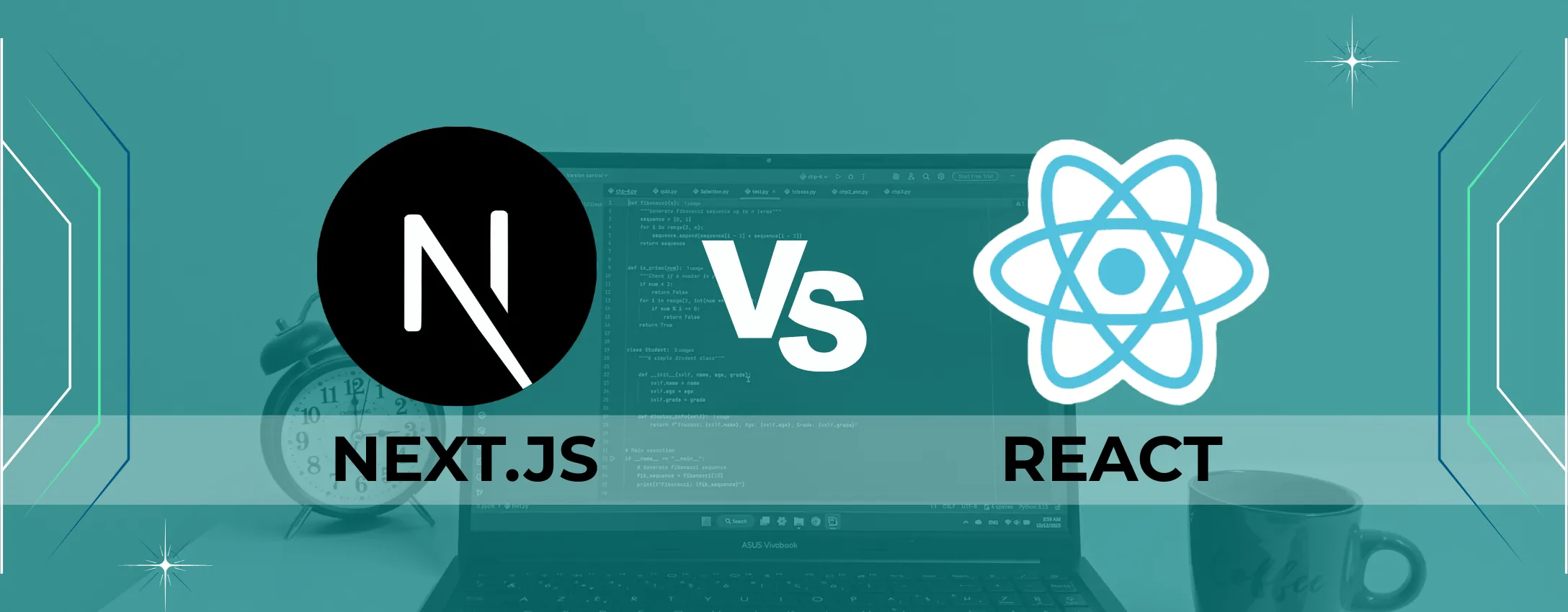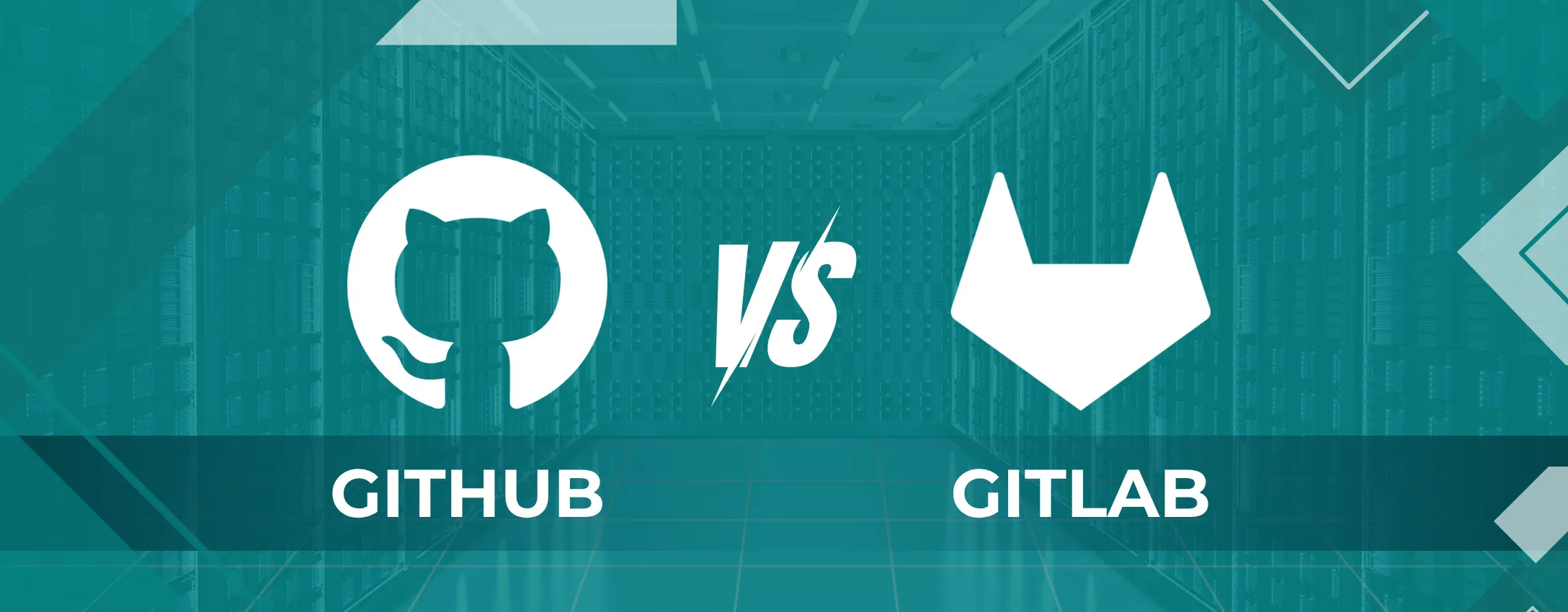
What if you could get a clear picture of the programming world with just one blog post in 2025?
We don’t exaggerate. Over the past years, we’ve been tracking developments, surveys, and tech buzz around coding languages, and we realized something: whether you’re constructing a web app, a mobile game, or the next wave of AI innovation, a handful of languages are being used for nearly the whole thing happening in tech right now.
Some of these languages are well-known favorites that keep evolving; others are brilliant newcomers that everyone suddenly appears to be speaking about. And understanding which of them are trending, no longer simply “popular” in general, can provide you with a front-row seat to the technology shaping the following few years.
In this post, we’re laying out 25 of the most famous programming languages. Whether you’re creating a project or just curious approximately tech traits, this manual is for you. It shows the languages shaping the industry today. By the time you’re done reading, you’ll have a bird’s-eye view of the coding landscape and maybe even a few languages you didn’t realize are trending right now.
1. JavaScript
JavaScript continues to dominate the front-end development and indicates no symptoms of slowing. It powers most of the interactive websites you use every day. It’s the move-to language for creating brief, dynamic web studies.
Purpose & Usage:
- Powers interactive web interfaces
- Cornerstone of frameworks including React, Vue, Angular, and Next.Js
- Used for server-side development by way of Node.Js
Future Possibilities:
- Expansion into full-stack via Node.js and serverless platforms
- Increased use in WebAssembly and PWA development
- Growth in real-time web apps and IoT integrations
2. TypeScript
TypeScript is JavaScript’s smarter sibling, bringing type safety and structure. It is hastily becoming the standard for agency-scale JavaScript programs.
Purpose & Usage:
- Preferred in enterprise-scale apps
- Enhances JS codebases with fewer runtime errors
- Ideal for large team collaboration and maintainable code
Future Possibilities:
- Full-stack adoption with Next.js, NestJS, and serverless apps
- Replacing plain JS in large development teams
- Expansion in frontend frameworks and library development
3. Python
Python remains a top choice for instant and smooth internet app development. Its simplicity makes it best for both novices and expert developers.
Purpose & Usage:
- Its use is in structures such as Django, Flask, FastAPI
- Perfect for MVPs, backends, and integrations
- Supports automation and scripting for web tasks
Future Possibilities:
- Growth in AI-powered web apps
- More people are actually building apps that communicate to every other the usage of APIs.
- It’s also being used more in cloud apps that run without needing big servers.
4. PHP
Despite the hate, PHP continues to power a massive part of the internet. Its atmosphere remains sturdy, particularly with content management systems.
Purpose & Usage:
- Backbone of WordPress, Laravel, and CMS platforms
- Used in server-side scripting and backend systems
- Powers eCommerce platforms and custom web applications
Future Possibilities:
- Laravel growth keeps it relevant
- WordPress adoption ensures demand remains
- It works easily with new website tools that send and get data.
5. Ruby
Ruby on Rails helps you make websites really fast. It’s easy to learn and fun to use for developers.
Purpose & Usage:
- Startup MVPs and fast prototyping
- Backend web development
- Rapid development of internal tools and dashboards
Future Possibilities:
- Niche but strong in startups
- Continued Rails performance improvements
- Growth in SaaS and subscription-based web services
6. Kotlin
Kotlin is the modern face of Android development. Combining security and ease, it integrates effects with Java.
Purpose & Usage:
- Native Android apps
- Replacing Java in mobile projects
- Backend services using Kotlin frameworks like Ktor
Future Possibilities:
- Kotlin Multiplatform boosting cross-platform apps
- Increased adoption for backend development
- Potential for multiplatform libraries for desktop and web apps
7. Swift
Swift rules the Apple ecosystem. It’s present day, rapid, and constantly evolving to support Apple’s systems.
Purpose & Usage:
- Building apps for iPhone, iPad, and Mac
- Replacing Objective-C in new projects
- UI/UX-driven apps for Apple devices
Future Possibilities:
- Expansion into AR and VisionOS apps
- Growing use in server-side development
- Adoption in Apple’s ecosystem for emerging technologies
8. Dart
Dart is the language behind Flutter, a mobile framework that’s growing swiftly. With it, developers can create apps for a couple of platforms and the usage of a single codebase.
Purpose & Usage:
- It works for both Android and iOS with a code base.
- Design a rich user interface that works everywhere.
- Test and launch new ideas quickly.
Future Possibilities:
- Web and desktop expansion through Flutter
- Backend experimentation via Dart Frog and Shelf
- Growing adoption in cross-platform enterprise solutions
9. Lua
Lua is a lightweight, fast scripting language often embedded in applications and games. Its simplicity and speed make it ideal for scripting in larger systems.
Purpose & Usage:
- Game development (especially for engines like Roblox and Corona SDK)
- Embedded scripting in software and IoT devices
- Lightweight scripting for configuration and automation
Future Possibilities:
- Growing use in games and IoT.
- Works with modern game engines and cloud platforms.
- Still used for embedded scripting in apps.
10. C#
C# blends versatility with game and app development power. Its integration with Microsoft software makes it important for lots of developers.
Purpose & Usage:
- Unity game development
- Mobile apps using Xamarin/.NET MAUI
- Desktop applications and enterprise solutions
Future Possibilities:
- Growth in AR/VR and cloud apps
- Strong presence in enterprise software
- Expansion in AI-assisted development with .NET libraries
11. SQL
SQL remains the foundation of database management and data handling in today’s tech-driven world. It lets developers handle and query data correctly across limitless structures.
Purpose & Usage:
- Creating, updating, and organizing dependent information
- Integrating with modern cloud and corporation data structures
Future Possibilities:
- Continued dominance in records analytics and BI tools
- Deeper integration with AI-driven statistics pipelines
- Growing use in hybrid and cloud-native database environments
12. R
R is a specialist language for statistics and analytics. It’s heavily used in research and finance for robust data analysis.
Purpose & Usage:
- Use in data visualization and modeling
- Used via researchers, scientists, and facts checking teams
- Reporting and dashboards for business intelligence
Future Possibilities:
- Growth in academic and financial analytics
- More R–Python interoperability
13. Julia
Julia is gaining traction for overall performance-heavy computing. Its pace makes it best for peak-efficiency software.
Purpose & Usage:
- Fast and efficient numerical computing
- Scientific simulations and data-heavy apps
- Complex mathematical modeling and research
Future Possibilities:
- Adoption in AI training and HPC workflows
- More enterprise and research use
- Growth in computational finance and large-scale simulations
14. Scala (AI & Data)
Scala blends functional and object-oriented power. It’s widely used in big data environments.
Purpose & Usage:
- Big data frameworks like Apache Spark
- Backend and AI workloads
- Functional programming for scalable applications
Future Possibilities:
- Continued relevance in data engineering
- Integration with scalable AI systems
- Increased adoption for cloud-native data pipelines
15. Logo
Logo is a beginner-friendly language acknowledged for its educational recognition and turtle graphics. It’s designed to assist freshmen recognize programming ideas visually.
Purpose & Usage:
- Teaching basic programming ideas to students
- Creating simple graphics and animations using turtle graphics
- Introducing logic and problem-solving skills in a visual way
Future Possibilities:
- Continued use in educational programs and coding workshops
- Integration with modern educational platforms and interactive learning apps
- Inspiring new visual programming tools for beginners
16. Java
Java remains a beast in enterprise and backend apps. Its stability makes it a default language for broad systems.
Purpose & Usage:
- Well it is used in APIs, banking systems, and enterprise platforms
- For frameworks like Spring Boot, Micronaut it uses
- Cloud-native enterprise applications
Future Possibilities:
- Large-scale cloud deployments
- Continued modernization with microservices
- Growth in reactive programming and event-driven systems
17. Go (Golang)
Go is designed for simplicity and performance. It can do many things right now, so it really works properly for backend systems that want to grow.
Purpose & Usage:
- Go is used in cloud-native and microservices
- DevOps tools and backend systems
- High-performance APIs and CLI tools
Future Possibilities:
- More adoption by startups and SaaS tools
- Leading language for scalable APIs
- Expansion into distributed systems and edge computing
18. Rust
Rust is the rising star of safe and efficient programming. Its memory safety features make it ideal for modern systems development.
Purpose & Usage:
- Systems programming, WebAssembly, embedded apps
- Replacing C or C++ in safety-crucial software program
- High-performance programs in confidential domains
Future Possibilities:
- Major role in browser engines and OS dev
- Trending in blockchain and performance apps
- Adoption in IoT and secure cloud infrastructure
19. C++
C++ maintains the strength of complicated, excessive-performance applications. Its speed and control make it fundamental in overall high-demand regions.
Purpose & Usage:
- Gaming, graphics engines, fintech, hardware interfaces
- Real-time and embedded systems
- High-frequency trading and simulation software
Future Possibilities:
- Long-term relevance in AI infrastructure and engines
- C++ keeps getting better with new updates
- Growth in AR/VR and visually-demanding applications
20. C
C is still the backbone of low-level programming. Its simplicity and performance make it undying.
Purpose & Usage:
- OS kernels, firmware, hardware drivers
- Embedded and IoT devices
- Systems-level programming and compilers
Future Possibilities:
- Longevity in low-level systems
- Rust may gradually replace it in some domains
- Continued relevance in real-time and embedded solutions
21. Shell
Shell scripting is a command-line language. It allows automate tasks and handle the operating system.
Purpose & Usage:
- Automating repetitive tasks in Unix/Linux environments
- System administration and process management
- DevOps workflows and CI/CD pipelines
Future Possibilities:
- Continued relevance in cloud, server, and box control
- Integration with current automation and DevOps software
- Hybrid scripting with Python and different languages for superior automation
22. Elixir
Elixir is made for apps that have to work quickly at the same time and handle many things. The smart design helps it to grow easily and prevents it from crashing.
Purpose & Usage:
- Web apps with Phoenix framework
- Chat, messaging, live dashboards
- High-concurrency systems and APIs
Future Possibilities:
- Growth in high-traffic systems
- More adoption for real-time SaaS platforms
- Use in IoT, messaging platforms, and streaming apps
23. Apex
Apex is a special coding language utilized in Salesforce. It’s like Java or C# and enables professionals to inform Salesforce exactly what to do in different situations, like whilst a brand new file is created or updated.
Purpose & Usage:
- Making Salesforce do tasks automatically
- Executing triggers, transactions, and API calls
- Customizing system behavior with object-oriented programming
Future Possibilities:
- Continued reliance for Salesforce-centric applications
- Integration with Salesforce Lightning and Flow automation
- Growth in enterprise automation and CRM solutions
24. Perl
Perl is a super flexible programming language that is very good at handling the text and doing many different tasks.
Purpose & Usage:
- Web development, system administration, and backend scripting
- Data parsing, reporting, and automation tasks
- Rapid prototyping and quick scripting solutions
Future Possibilities:
- Continued use in legacy machine upkeep and modernization
- Growing interest in bioinformatics and records analytics
- Potential in automation, DevOps, and integration with contemporary tools
25. Visual Basic
Visual Basic, or VB, is Microsoft’s high-level language known for its simplicity and ease of use.
Purpose & Usage:
- Building Windows desktop and business applications
- Creating tools for data management and automation
- Ideal for beginners learning programming fundamentals
Future Possibilities:
- Continued use in maintaining and modernizing legacy Windows systems
- Integration with newer .NET technologies for hybrid app development
- Potential niche demand in enterprise and internal business applications
What to Do With This Knowledge
By now, you know about the top 25 programming languages. From JavaScript and TypeScript walking most websites to Python being famous for AI and records work, and Rust and Go becoming the brand-new favorites, those languages are the tools programmers use each day—and will continue to use for the long term.
It’s a lot to learn, but if you want to keep up with programming, it’s worth knowing these languages and what they can do.
The best way? Work with a software development company that already knows these tools and trends, so you can stay ahead in the world of programming!









